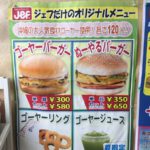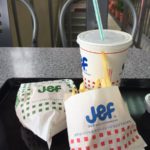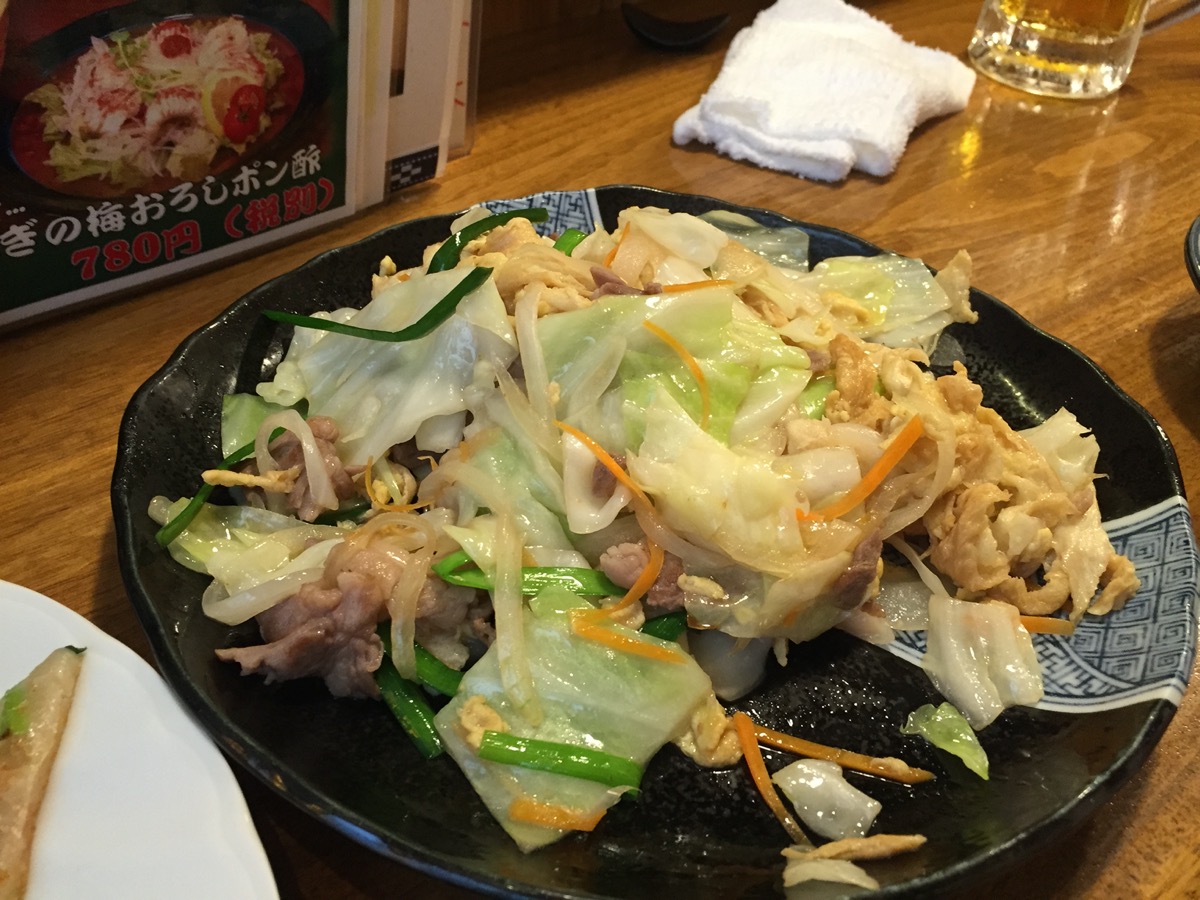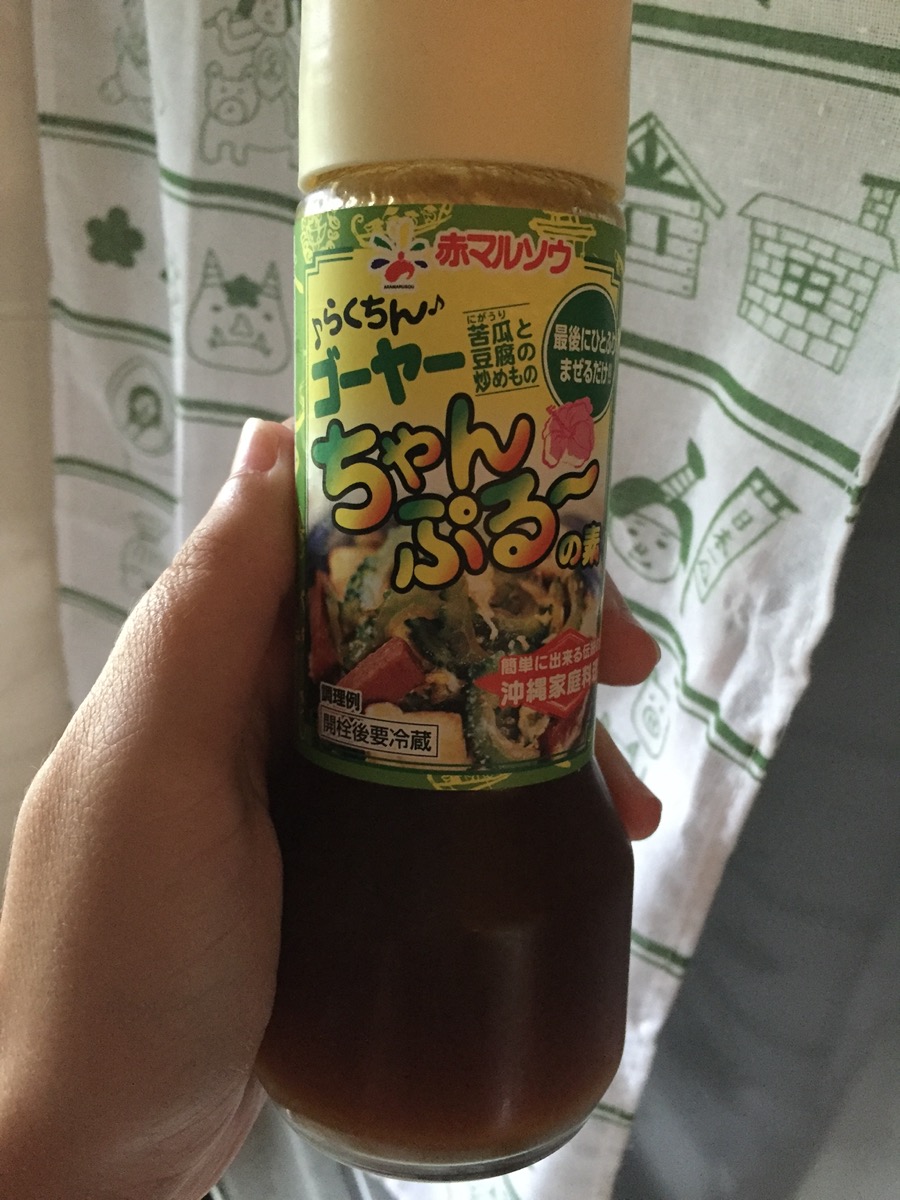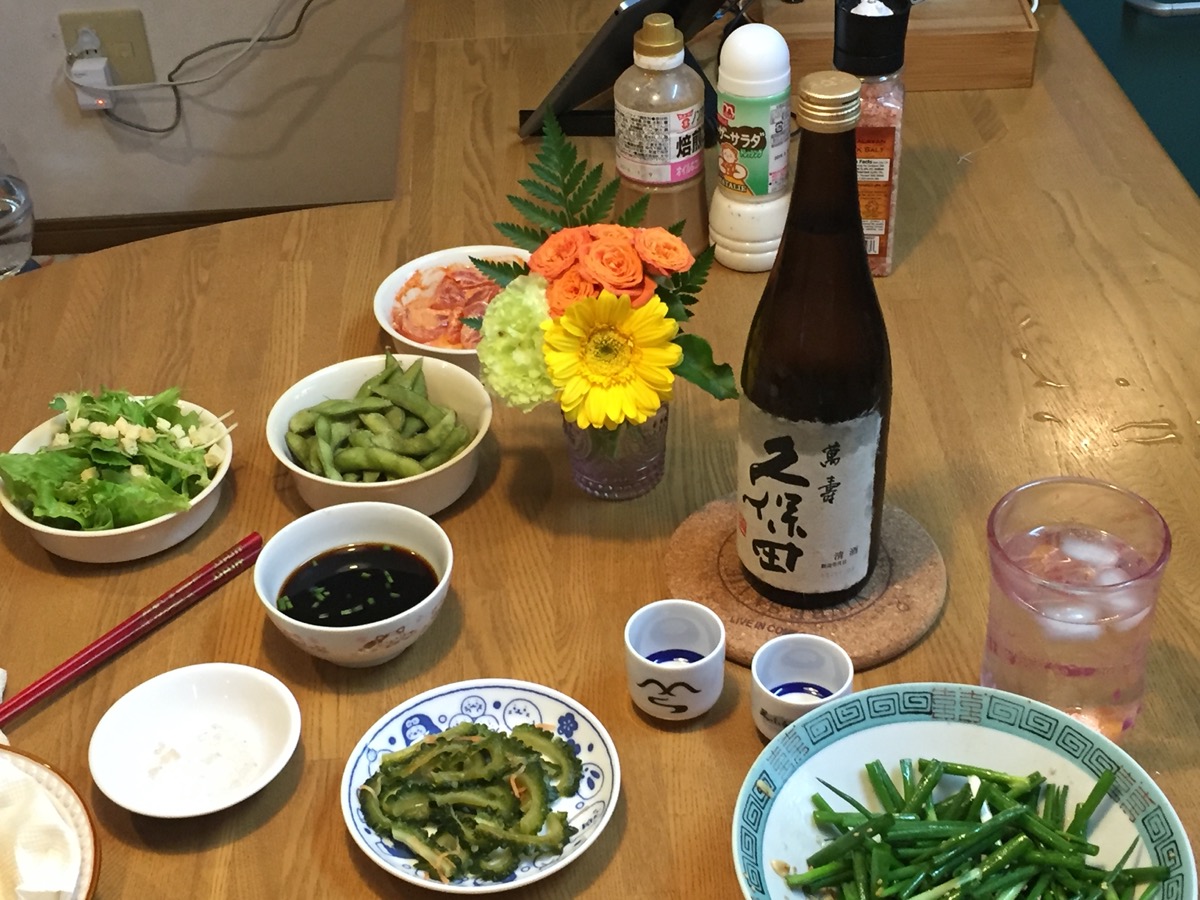Jef ジェフ is a fast food “burger” joint here in Okinawa. There are only 4 locations, all towards the southern area of the island. It is… unique. Why? Well this place features goya ゴーヤー (English: bittermelon) in quite a few items: goya juice, goya rings, and goya-egg burgers. It’s kinda like a McDonalds, you know, if McDonalds served up goya; it is not exactly “fine-dining” but for cheap and fast eats, it isn’t too bad. And definitely an interesting experience when you come to Okinawa. Perhaps not the classiest of joints, but it has a very “old school” kind of feel.
It has an assortment of things like fries, regular hamburgers, fried chicken, and hot dogs as well as the iconic “goya burger”– which by the way is just egg, goya, and cheese topped with lettuce and mayo served on a hamburger bun no actual meat burger. Though you can get the goya burger with a slice of spam added. The goya rings are like onion rings, but with goya instead of onion, and for the daring they also serve fresh goya juice. For desserts they have things like zenzai, shakes, and soft serve ice cream. It is a pretty varied menu. Again, not like the most amazing experience you will ever have, but I kinda like them every now and then, and it is certainly one of the only fast-food burger places in the world where you can order a full meal of goya.
locations:
Nishihara: https://goo.gl/maps/n3v1T9x4yV72
Yonabaru: https://goo.gl/maps/Hw1gZVDvgFL2
Tomigusuku: https://goo.gl/maps/mvXWjSwZVqs
Naha (Tsuboya): https://goo.gl/maps/q7TzjFks3FN2
